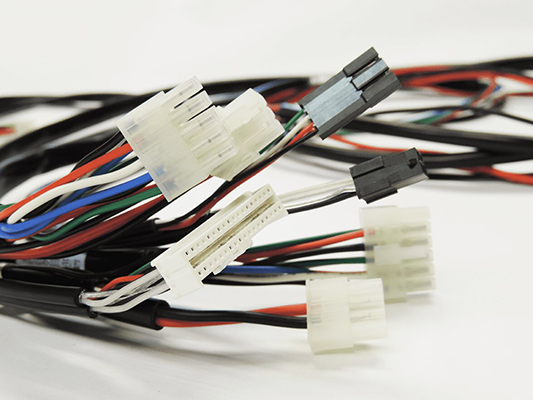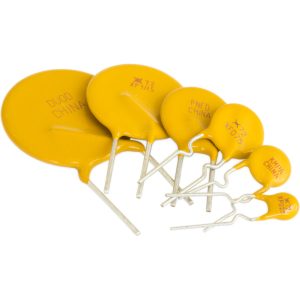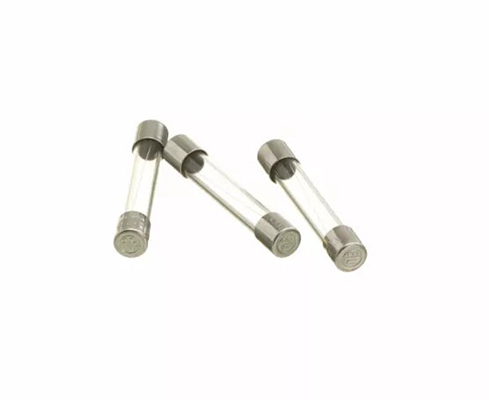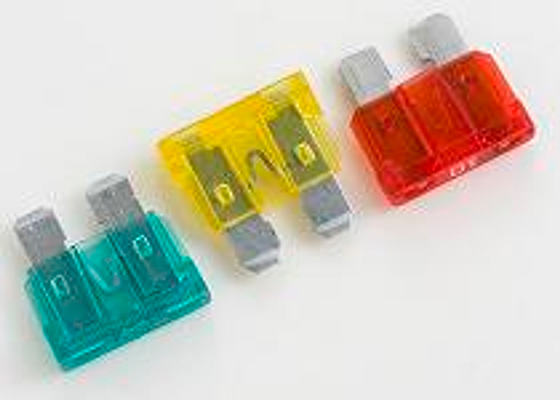Wire Harness Integration in Automotive Seat Adjustment Systems for Motor and Switch Connectivity
News 2025-10-24
Wire harnesses are essential in automotive engineering, particularly for seat adjustment systems where they link motors to control switches. These assemblies provide structured electrical pathways that enable precise movements in seats, supporting features like height adjustment, reclining, and sliding. In modern vehicles, wire harnesses handle the complexity of electrical signals and power distribution, ensuring seamless operation that enhances user comfort and vehicle ergonomics. They are designed to integrate with various automotive electronics, contributing to overall system reliability and efficiency in daily use.

Key Design Elements
Wire harnesses for seat adjustment systems incorporate specialized components such as multi-strand copper wires for superior conductivity, robust connectors that resist vibration, and protective insulation materials like PVC or silicone. Design considerations include routing paths that avoid interference with other vehicle parts, ensuring compact and flexible installations. Engineers focus on factors like wire gauge to handle specific current loads and environmental sealing to protect against moisture and temperature extremes, which are critical for maintaining performance in diverse driving conditions.
Application Scenarios
In automotive contexts, wire harnesses are applied in passenger cars, SUVs, and commercial vehicles to facilitate seat adjustments that adapt to different user needs. For example, in luxury models, they support memory functions where seats recall preferred positions, while in economy vehicles, they enable basic motorized adjustments for better accessibility. These harnesses also play a role in safety systems, such as integrating with airbags or sensors for automatic seat repositioning during collisions, demonstrating their versatility in enhancing both comfort and protective features across various models and usage scenarios.
Frequently Asked Questions
1. What role do wire harnesses play in automotive seat systems?
Answer: Wire harnesses provide organized electrical connections that link motors to switches, ensuring reliable signal transmission for precise seat movements and integration with vehicle controls.
2. How do wire harnesses improve durability in harsh environments?
Answer: They use protective materials and designs that shield against vibration, moisture, and heat, extending the lifespan of seat adjustment components and reducing failure rates.
3. What benefits do custom wire harnesses offer for seat adjustments?
Answer: Custom designs optimize space, reduce weight, and ensure compatibility with specific vehicle models, leading to improved efficiency and easier maintenance in automotive applications.


